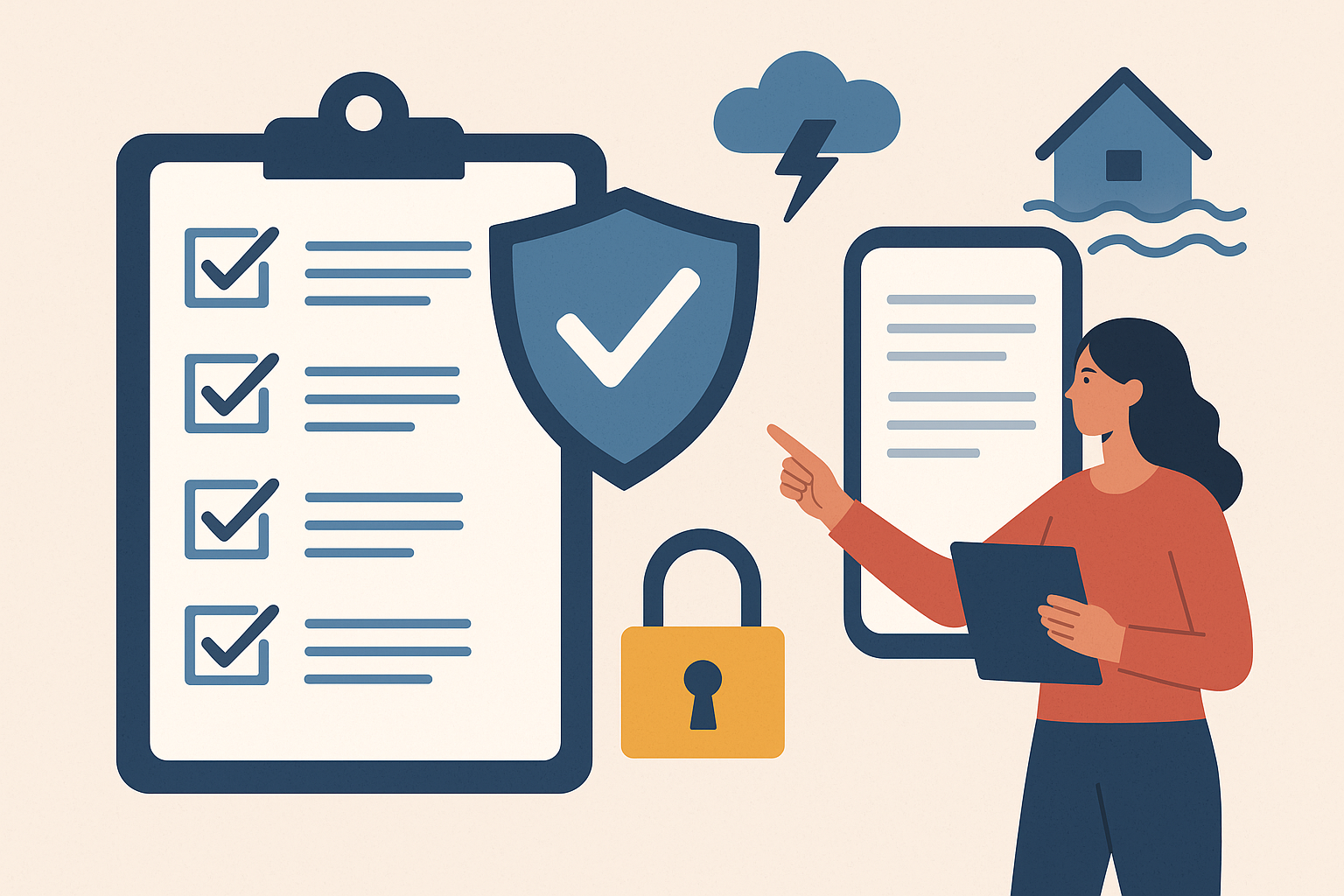Preparing for the Unexpected: A Disaster Readiness Checklist for Independent Retailers
As an independent retailer, you pour your heart and soul into curating collections, fostering customer relationships, and building a unique brand. But what happens when the unexpected strikes? Natural disasters, economic disruptions, or even local emergencies can bring your operations to a grinding halt. Being prepared isn’t just about bouncing back; it’s about safeguarding your passion, your livelihood, and your connection to your community.
A robust disaster readiness plan is your business’s ultimate insurance policy. It minimizes downtime, protects your valuable inventory and data, and ensures you can reopen your doors as swiftly as possible. Here’s a checklist to help independent retailers prepare for the unforeseen and build long-term resilience.
1. Assess Your Risks and Develop a Comprehensive Plan
Every business faces unique threats. Begin by identifying the most likely disasters in your region: hurricanes on the coast, wildfires in the West, or winter storms inland. Resources like those from the U.S. Small Business Administration (SBA) and Ready.gov can help map out regional risk. From there, create a detailed emergency plan that covers communication protocols, backup processes, and recovery timelines. Independent retailers often benefit from outside support in building these plans.
Another certified way to plan your disaster action plan is to partner with a retail consulting firm such as 360 Retail Management. With considerable experience working alongside small and mid-sized businesses, these experts help align emergency planning with everyday retail operations, ensuring your plan isn’t just theoretical but fully actionable.
2. Protect Your Assets: Inventory, Data, and Physical Space
Consider how you would protect it in the event of a flood or power outage. Elevating racks, anchoring shelves, and having covers on hand can prevent damage before it starts.
But don’t overlook your digital assets. Your sales data, customer lists, and vendor agreements are just as important. Cloud-based backup systems, especially those that integrate with your POS and inventory tools, can be the difference between a quick recovery and a complete restart. For a helpful guide, Next Insurance outlines essential tasks for building a small business recovery plan.
The 360 Retail Management Insight: Retailers who take a systems-based approach to operations often discover that many disaster safeguards, like inventory backups or remote access to sales data, are already built into their daily workflows. When your technology and operational planning are aligned, disaster response becomes more about execution than improvisation.
3. Establish Clear Communication Channels
When disruptions happen, staying in touch becomes critical. Internally, keep an up-to-date contact list for all staff and make sure everyone knows who to reach out to. Externally, your customers and vendors need updates too, through email, SMS, website announcements, or even signage on your store window.
One of the smartest ways to maintain calm during a disruption is to prepare pre-written customer messages in advance. Having templates ready to send across email, SMS, and social media can save valuable time and ensure your messaging stays consistent and professional, even under pressure.
4. Financial Preparedness and Insurance Review
Disasters can put major pressure on your finances. Now is the time to review your insurance coverage, especially business interruption insurance, which many retailers overlook. Ensure you’re protected for the most likely events in your area, including separate policies for floods or earthquakes if necessary. The Insurance Information Institute (III) offers guidance on how to build an effective recovery plan and understand coverage gaps.
Just as important is document access. Having digital versions of insurance policies, tax records, lease agreements, and banking info stored securely means you can respond quickly when filing claims or applying for disaster assistance.
The 360 Retail Management Insight: Centralized digital documentation can dramatically simplify your recovery process. By storing insurance policies, lease agreements, vendor contracts, and financial records in a secure, cloud-based system, retailers can quickly respond to claims, applications, and unexpected audits without losing momentum.
5. Train Your Team and Practice Your Plan
Your staff should be as prepared as your store. Regularly review emergency procedures, identify evacuation routes, and walk through response plans during staff meetings. Even a 15-minute drill can help your team stay calm and take the right actions in a real emergency.
Retailers that treat preparedness as part of everyday operations, rather than a once-a-year formality, see better outcomes. The American Red Cross provides a comprehensive preparedness checklist that can be adapted for retail settings.
Emergency training shouldn’t be treated as a once-a-year checklist. When preparedness is built into onboarding, team meetings, and routine processes, it becomes part of your retail culture, resulting in faster, more confident responses when it matters most.
Resilience Starts Before the Storm
Independent retailers often don’t have the safety net larger chains enjoy, which makes preparedness not just smart, but essential. Building resilience means thinking ahead: securing your data, protecting your inventory, empowering your team, and making sure your business can adapt and recover.
If your current tools and systems aren’t supporting that level of readiness, it may be time to work with a partner that understands the independent retail space. As a retail consulting firm dedicated to helping small and mid-sized retailers grow and protect their businesses,360 Retail Management offers tailored support in operations, risk planning, and retail technology, so you can stay focused on what you do best.


